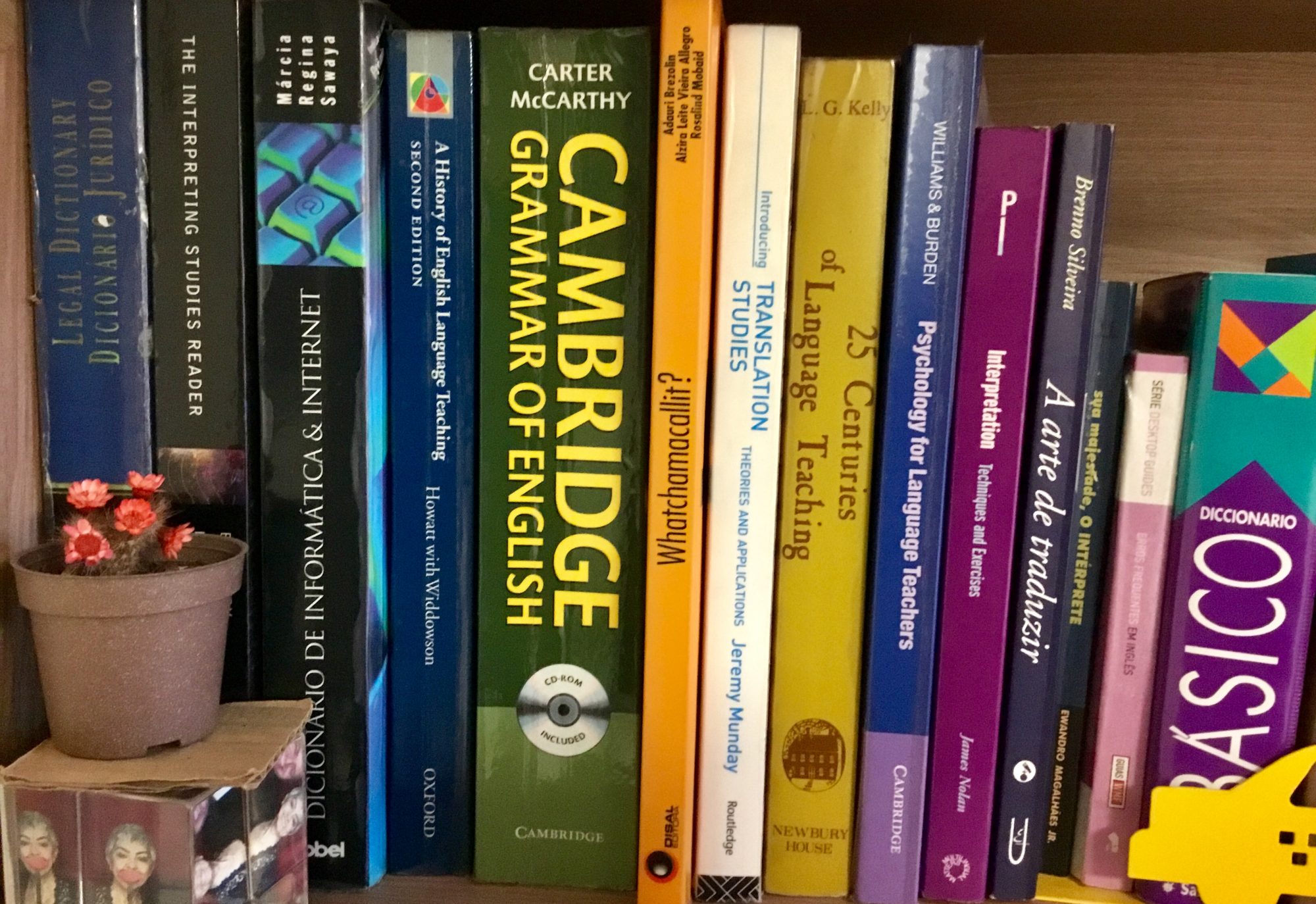Quite often teachers of English as a Foreign Language find themselves between a rock and a hard place concerning teaching pronunciation. If they’re native speakers they hesitate in constantly correcting their students fearing they’ll pass an overbearing image and many times thinking … “well… I can understand them … whatever”. If the teacher is a nonnative speaker of English they might feel insecure about their own pronunciation or even worse… they might not be aware of the proper pronunciation of specific sounds in English which are different from their mother tongue. 
So… why bother teaching pronunciation?
Students want and need to speak clearly.
Their phonological awareness has an impact on all areas of their language learning besides speaking: reading, writing, vocabulary, etc
But what’s the right pronunciation? What’s a standard accent? British RP? Only 3% of Brits actually speak it. American Midwestern? What about Mississippi or Alabama? How about global English?
That’s why it’s important to know why your students are learning English.
The teacher must then focus on speech comprehension rather on the student’s accent being good, bad or proper.
How to do it? Teaching pronunciation works best a little during every lesson instead of once a week or whatever frequency students have. 
“The teacher must”, as Richard Cauldwell wrote, ‘focus on:
the greenhouse: isolated words.
the garden: mixing and growing words together, linking words.
The jungle: where everything is mixed”
The best way will be to integrate pronunciation with other skills and lots of repetition (practice).
In conclusion, our insecurity about the way we speak can be managed by raising our awareness and practicing to the student’s heart’s content.
Cheers,
Mo
N.B – Many thanks to Laura Patsko with her great YouTube videos on the subject of pronunciation – https://youtu.be/yyga6vIAroE

